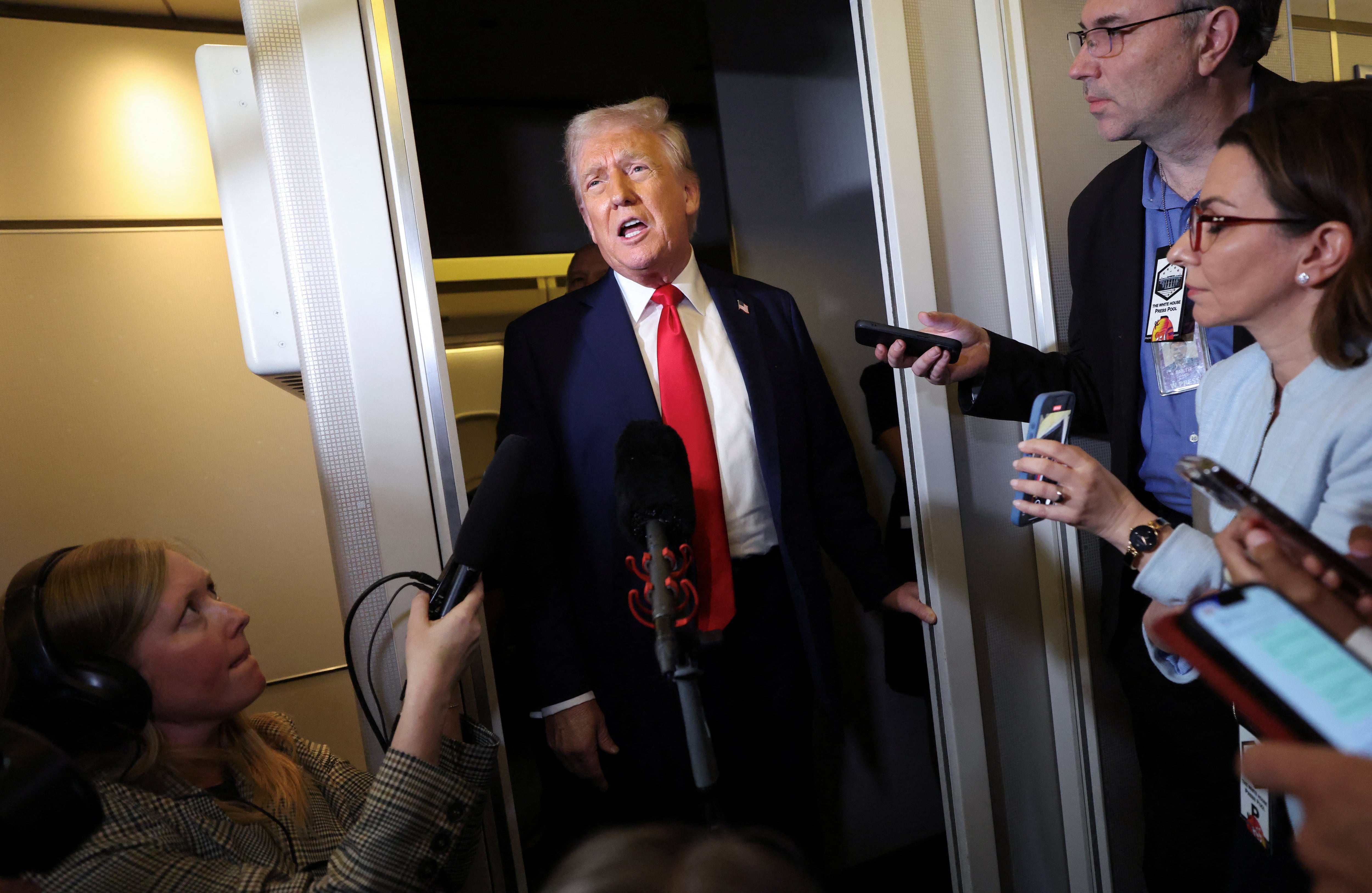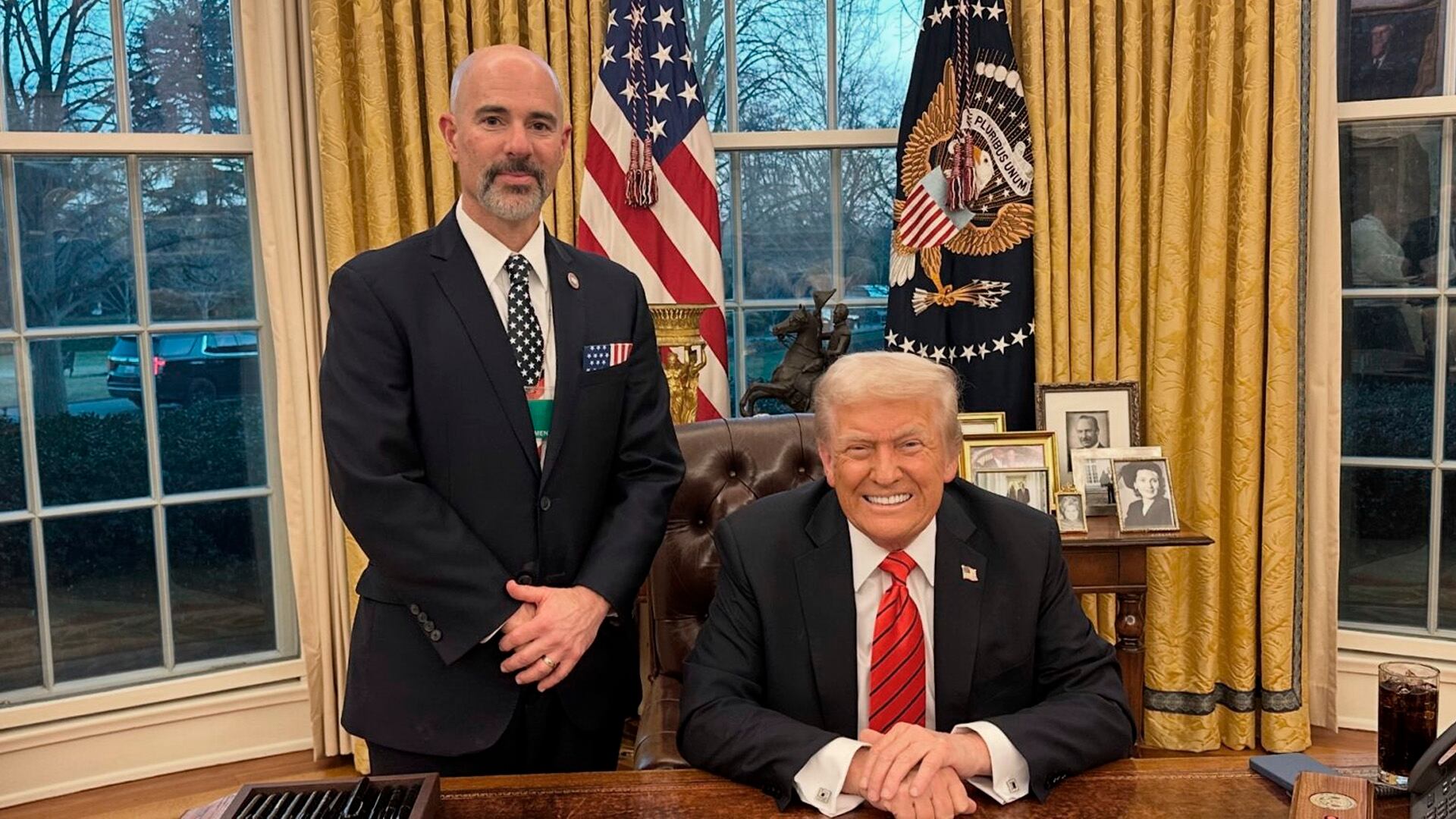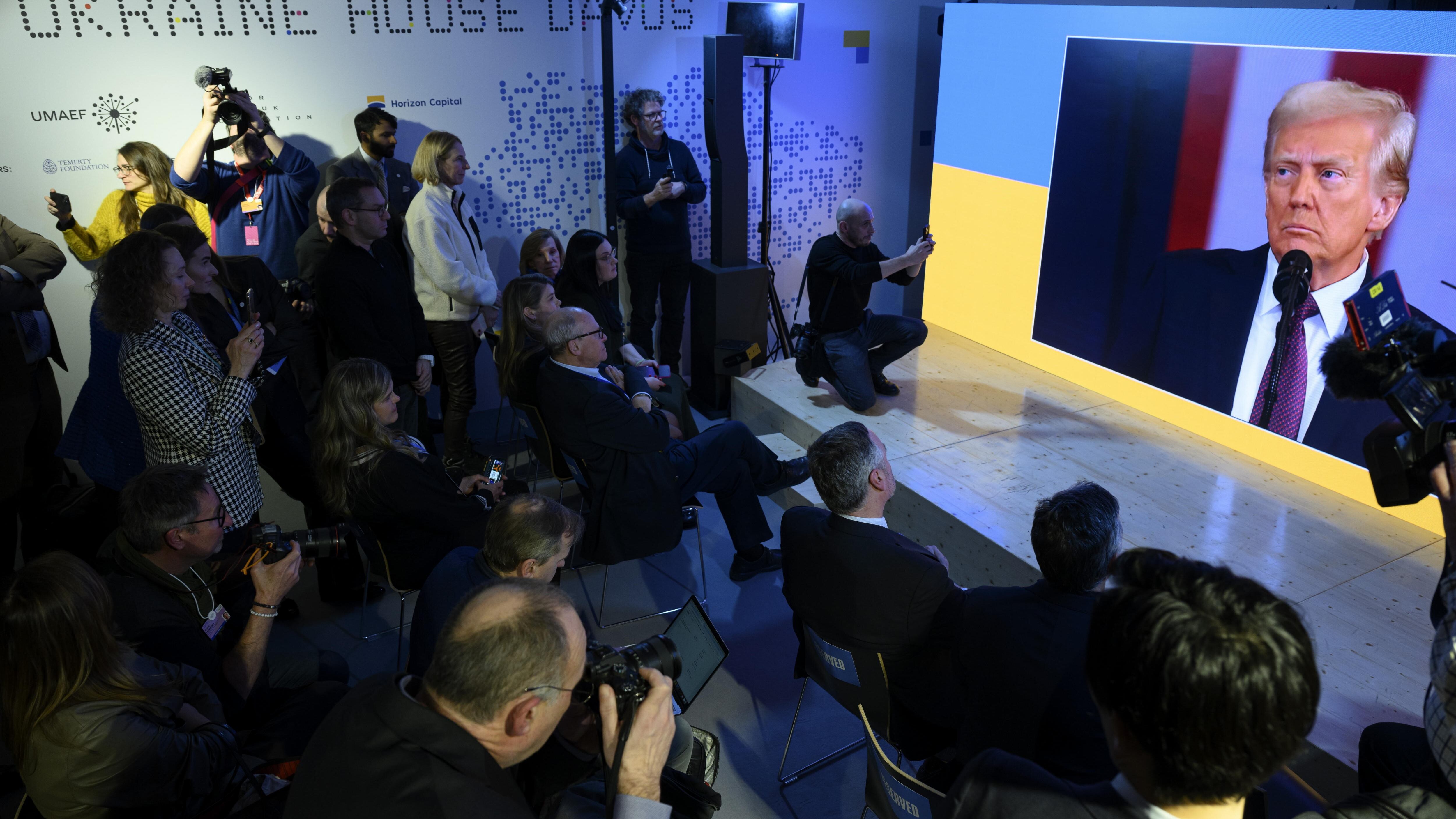Trump readies the biggest blow in his trade war
The round of tariffs the US president plans to announce or impose on April 2 will take a heavy toll on the global economy

“The Big One” is a term used to describe a catastrophic earthquake that could strike California. It is also what Donald Trump has called the round of tariffs he plans to announce or impose on April 2. The largest wave of the trade war declared by the former U.S. president will shake the global economy like an earthquake of unknown magnitude and unforeseeable consequences. The entire world is anxiously awaiting his next move, particularly the United States’ main trading partners, including the European Union, Mexico, Canada, China, Japan, India, and South Korea.
"Reciprocal tariffs"
No one expects the tariffs the United States will announce this Wednesday to accurately reflect the trade barriers that other countries impose on U.S. products. Despite this, the presidential order launching the process outlines five criteria for determining tariff rates. However, these criteria are so vague and loosely defined that they effectively grant Washington the freedom to impose tariffs at will.
Trump has already stated — without basis — that he considers value-added taxes equivalent to tariffs, further undermining any expectation of true "reciprocity." According to the order, five factors will be used to calculate tariffs for each country:
- The tariffs that country imposes on U.S. products.
- Any “unfair, discriminatory, or extraterritorial taxes” imposed on U.S. companies, workers, and consumers — including value-added taxes.
- Non-tariff barriers, such as subsidies, burdensome regulations, or policies deemed harmful to U.S. businesses.
- Exchange rate policies that disadvantage American companies, along with low wages or other competitive advantages.
- Any other practice Washington deems “unfair” or “harmful.”
With such broad and subjective criteria, virtually any tariff can be justified.


